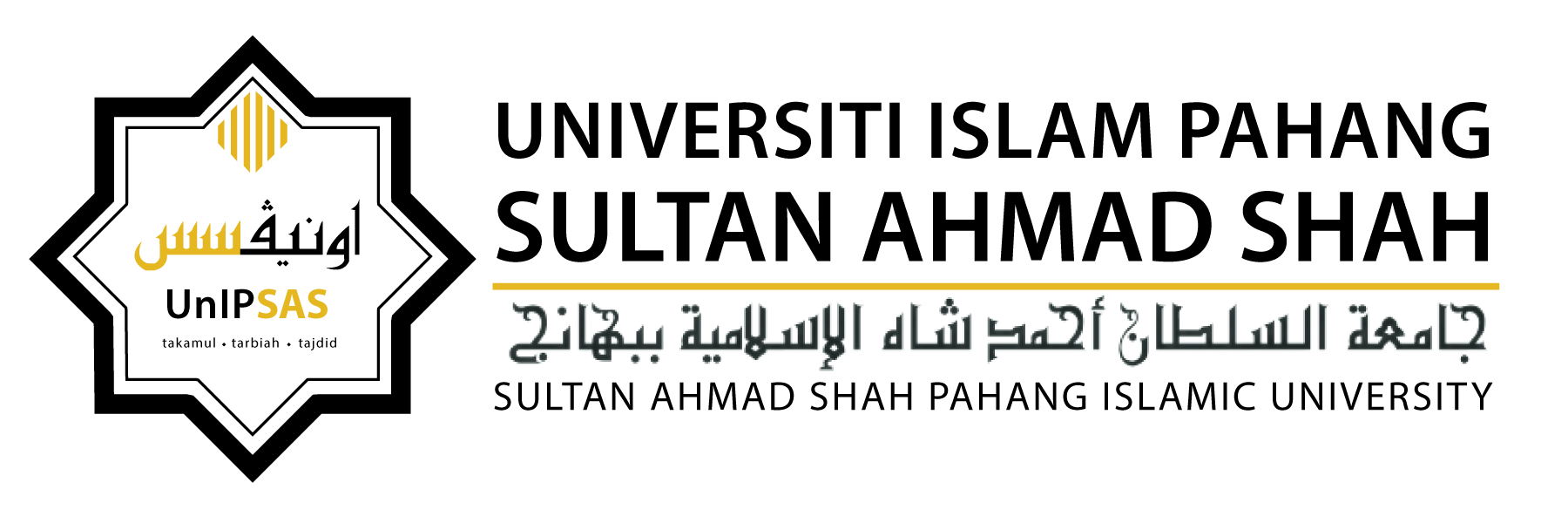A STUDY OF THE EFFECTIVENESS OF IQRA' COMPARING METHODS OF BAGHDADI, AL-BARQY AND ABAHATA AL-JABARI ON STUDENT EFFECTIVENESS IN PAHANG TOWN DISTRICT
DOI:
https://doi.org/10.64398/alsirat.v23i1.277Keywords:
Iqra', al-Baghdadi, al-Barqy, Abahata Al-Jabari, effectiveness, existenceAbstract
This study was conducted to identify the success of the Iqra' method implemented in PdPc khatam al-Quran and tasmic in all national schools in Pekan district, Pahang. This study involved a total of 181 respondents consisting of 100 students from eight schools in Pekan district, 40 Pekan district Islamic education teachers (GPI) and 41 randomly selected guardian parents. The data obtained was analyzed using IBM SPSS software (Statistical Package Social Science) version 20 which was presented in the form of frequency, percentage and mean. In order to strengthen the quantitative research, methods of observation, interview and library research were carried out. As a result, this study found that the achievement of al-Quran for students in the Pekan district is at a moderate level, which is 51.57% proficient, the teacher's perception of the Iqra' method is at a moderate level with an average mean=3.63, the students' perception of the Iqra' method is at a high level with an average mean=3.91 and the perception of guardian parents is at a high level with an average mean=3.71. While the results of the observation, interview and library methods conducted found that the methods of al-Baghdadi, al-Barqy and Abahata al-Jabari are able to have a better impact on the development of students in the Pekan district to master the Quranic skills within the time period set by the Ministry of Education Malaysia (MOF).
Downloads
Published
How to Cite
Issue
Section
License

This work is licensed under a Creative Commons Attribution-NonCommercial 4.0 International License.






